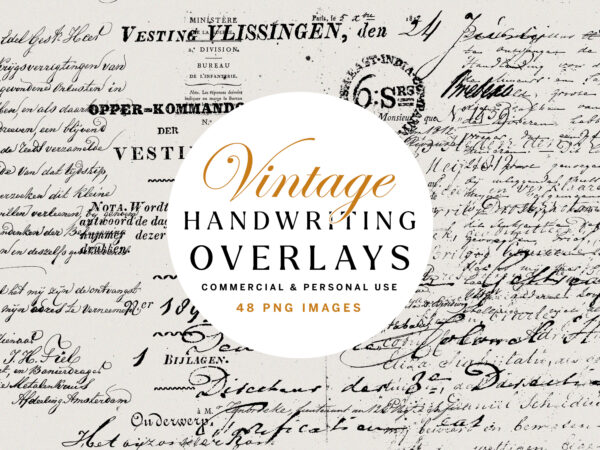Incorporating handwritten texture into your design projects is a fantastic way to add personality, warmth, and a unique touch to your work. This design trend, which draws from the charm and authenticity of hand-drawn elements, can transform a flat digital canvas into something that feels more tactile and engaging. In this article, we'll explore how you can effectively integrate handwritten texture into your next design, providing you with practical tips and creative insights to make the most of this versatile element.

Why Choose Handwritten Texture?
Handwritten texture stands out in modern design for several reasons. It infuses your projects with a sense of individuality and personal touch that digital fonts and graphics often lack. Here’s why you might consider using handwritten texture in your next design:
- Adds Authenticity: Handwritten textures give your designs an authentic, human feel. They can make digital projects feel more personal and relatable, which is especially valuable in branding, invitations, or any design that aims to connect on an emotional level.
- Enhances Visual Interest: The organic nature of handwritten texture introduces irregularities and nuances that can add depth and visual interest to your designs. This can be particularly effective in breaking up monotonous or overly polished digital elements.
- Creates a Unique Look: Handwritten textures are distinctive and can help your designs stand out from the crowd. By incorporating these textures, you can create a unique aesthetic that sets your work apart from more conventional digital designs.
How to Effectively Incorporate Handwritten Texture
Using handwritten texture in your design projects can be both fun and rewarding. Here’s a step-by-step guide to help you incorporate handwritten texture effectively:
1. Choose the Right Handwritten Texture
The first step in incorporating handwritten texture is selecting the right texture for your project. Consider the following when choosing your texture:
- Purpose of the Design: Think about the overall tone and message of your design. For a vintage feel, opt for textures that mimic aged paper or calligraphy. For a modern look, try clean, stylish handwritten scripts.
- Compatibility with Other Elements: Ensure that the handwritten texture complements the other design elements. It should enhance rather than clash with existing colors, fonts, and images.
2. Experiment with Layering Techniques
Layering handwritten textures can create interesting and dynamic effects. Here’s how to experiment with layering:
- Overlay on Backgrounds: Apply the handwritten texture as an overlay on backgrounds to create subtle, textured effects. Adjust the opacity and blending modes to achieve the desired look.
- Combine with Other Textures: Try combining handwritten textures with other textures like watercolor or paper to add complexity and depth to your design.
- Use for Accents: Utilize handwritten texture for specific accents, such as borders, headings, or highlighted areas, to draw attention and add visual interest.
3. Adjust the Opacity and Blending Modes
To achieve a harmonious integration of handwritten texture into your design, you may need to adjust the opacity and blending modes:
- Opacity: Lowering the opacity of the handwritten texture can make it more subtle and ensure it doesn’t overpower other design elements.
- Blending Modes: Experiment with different blending modes (e.g., Multiply, Overlay, Soft Light) to see how the texture interacts with the colors and layers beneath it. This can help you achieve a more integrated and natural look.
4. Ensure Legibility and Balance
If you’re using handwritten texture for text, legibility is crucial:
- Readable Text: Ensure that the handwritten texture does not compromise the readability of your text. Adjust size, spacing, and color to maintain clear and easy-to-read text.
- Visual Balance: Maintain visual balance by ensuring that the handwritten texture does not overwhelm other elements. Use it strategically to enhance rather than dominate the design.
5. Incorporate Handwritten Elements Strategically
Consider the strategic placement of handwritten texture:
- Headings and Titles: Use handwritten texture for headings or titles to create focal points and draw attention.
- Backgrounds and Overlays: Apply texture to backgrounds or overlays for a subtle yet impactful enhancement.
- Decorative Elements: Incorporate handwritten textures into decorative elements like borders, frames, or icons to add a personal touch.
Where to Find Handwritten Textures
Finding high-quality handwritten textures can make a significant difference in your designs. Here are some sources where you can find great handwritten textures:
- Tomchalky: Offers a variety of handwritten textures and fonts created by independent designers.
- Envato Elements: Provides a subscription-based service with access to numerous handwritten textures and other design assets.
- Adobe Stock: Features a selection of premium handwritten textures available for licensing.
Incorporating handwritten texture into your designs can add a unique and personal touch that enhances the overall impact of your work. By carefully selecting the right textures, experimenting with layering techniques, and ensuring readability and balance, you can effectively integrate handwritten elements into your projects. Embrace the charm and warmth of handwritten textures to elevate your designs and create visually engaging and memorable experiences.









Comments (0)